Introduction
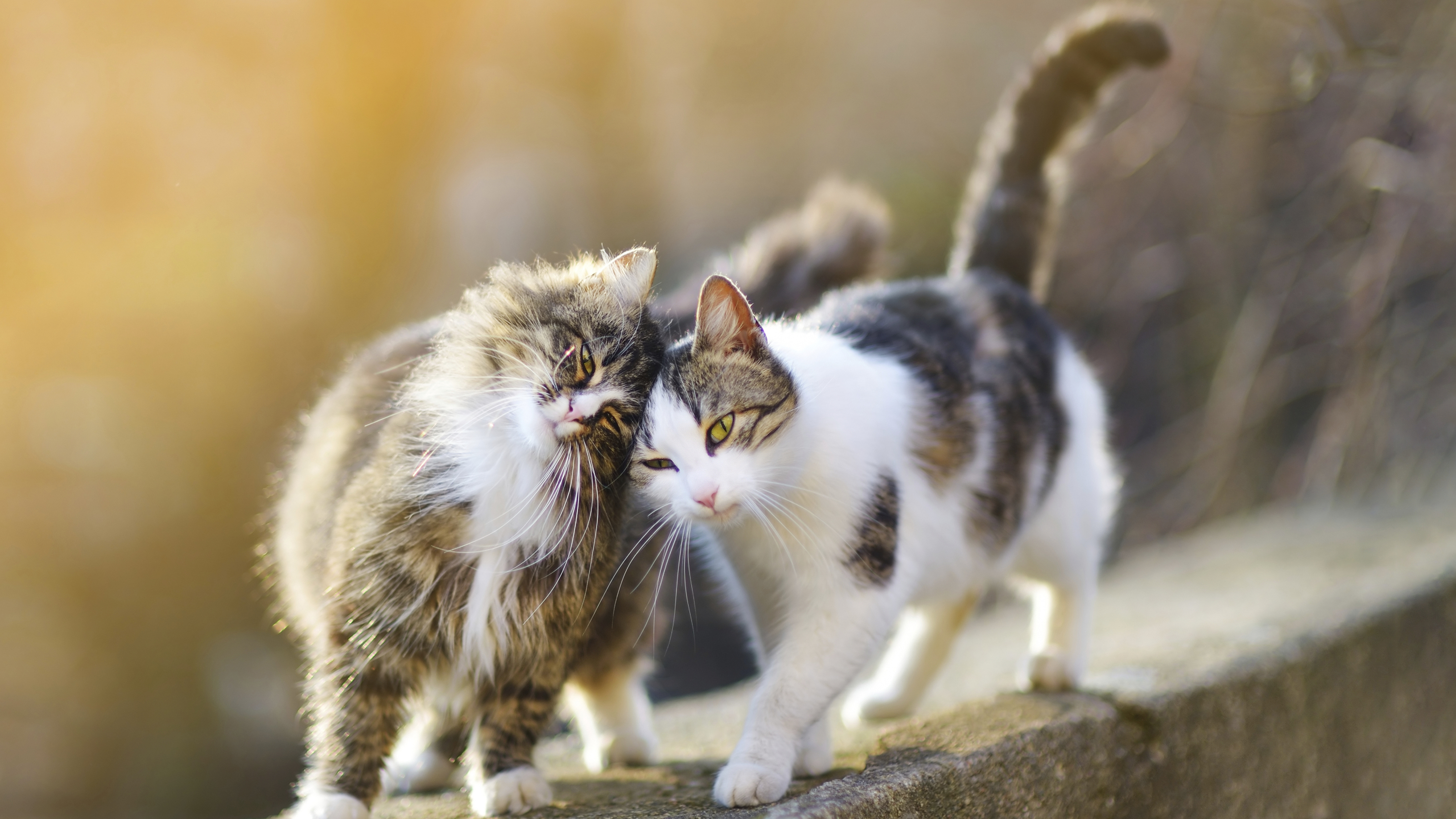
Integrating a new cat into a household with other pets can be both an exciting and challenging experience. Whether you already have dogs, cats, or even small animals, it's important to approach this process with care and consideration for the well-being of all the animals involved. By following the do's and don'ts of integrating cats with other pets, you can create a harmonious environment where everyone can coexist happily. In this article, we will explore the necessary steps and precautions to take when introducing your new feline friend to your current fur family.
Integrating Cats with Other Pets: The Do's and Don'ts
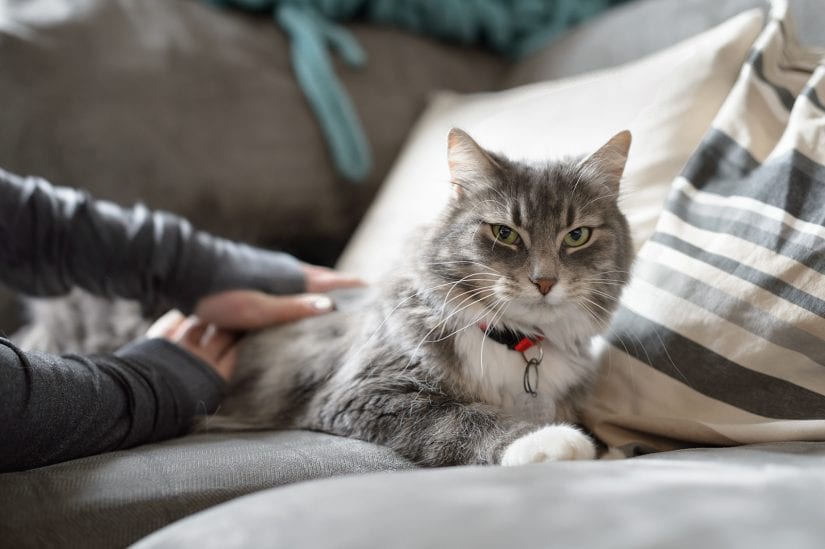
When it comes to integrating cats with other pets, there are some important do's and don'ts to keep in mind. It's crucial to understand the current pet dynamic in your household and assess how a new cat might fit in. Creating a safe and comfortable space for all pets is essential, as is gradually introducing them through scent exchange. Whether you're introducing a cat to dogs, other cats, or small animals, it's crucial to supervise interactions and provide positive reinforcement training. Additionally, being aware of potential challenges and seeking professional help if needed is important. By monitoring and supervising their interactions and regularly checking in, you can ensure a successful integration.
Understanding the Current Pet Dynamic
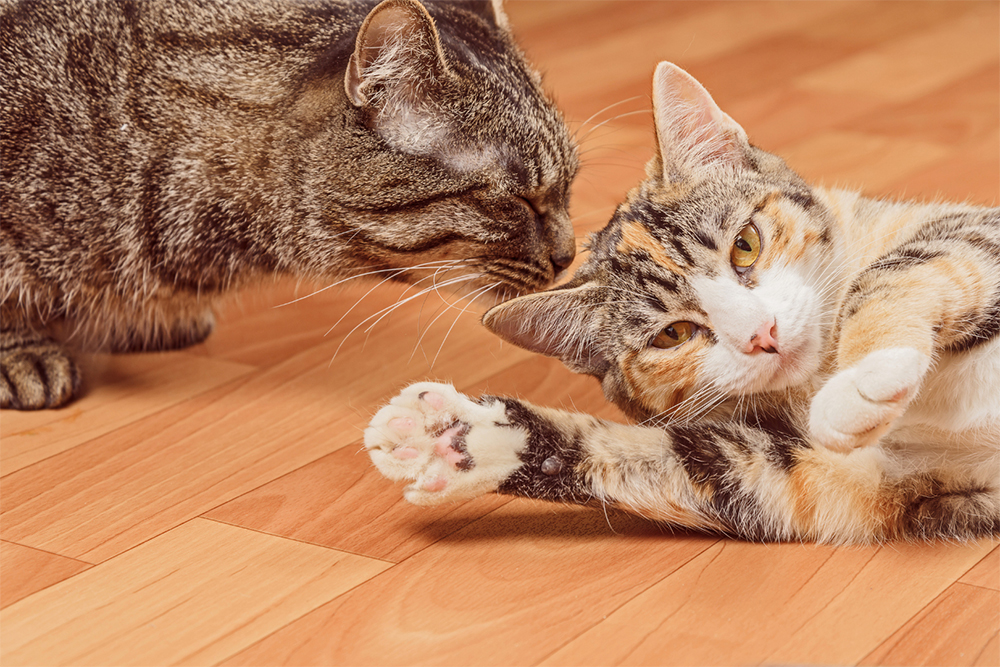
Understanding the current pet dynamic is crucial before introducing a new cat to your household. It involves assessing the relationships and behavior patterns between your existing pets. Take note of their comfort levels, territorial behaviors, and any previous interactions they may have had. This knowledge will help you anticipate potential challenges and determine the most effective introduction strategies. By understanding how your pets currently interact with each other, you can better prepare for a successful integration process and ensure a harmonious environment for all furry family members.
Assessing your current pet dynamic
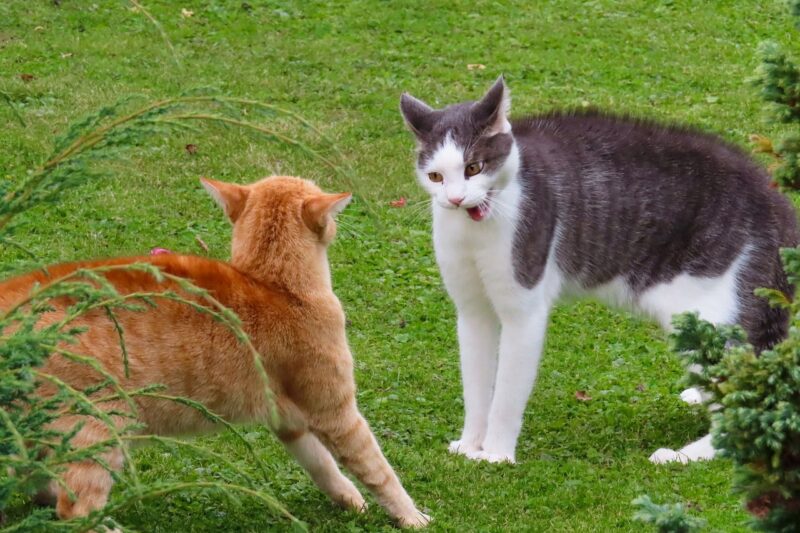
Assessing your current pet dynamic is an important first step when considering integrating a cat with other pets. Take the time to observe and understand how your existing pets interact with each other. Consider their personalities, behaviors, and any past experiences they may have had with other animals. Look for signs of aggression, fear, or territorial behavior. This assessment will help you determine whether your current pets are likely to accept and adapt to a new addition, or if there may be challenges that need to be addressed before introducing a cat into the mix.
Introducing a new cat to dogs or other cats

Introducing a new cat to dogs or other cats can be a delicate process that requires careful planning and consideration. It is important to assess the current dynamic between the pets and proceed with gradual introductions to ensure a smooth transition. When introducing a new cat to dogs, it is recommended to start with supervised interactions in a controlled environment. Positive reinforcement training can help enhance their relationship and establish positive associations. Likewise, when introducing a new cat to other cats, separate living spaces initially and gradual face-to-face introductions can promote familiarity and reduce potential conflicts.
Pre-Integration Preparations
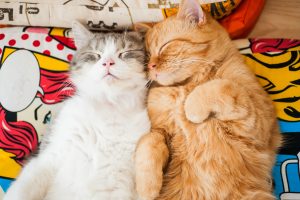
Before integrating a new cat with other pets, it's essential to make some preparations to ensure a smooth transition. Creating a safe and comfortable space is crucial. Set up a separate room for the new cat with all necessary amenities, such as food, water, litter box, scratching post, and toys. This allows the cat to adjust and feel secure in their own space. Gradual introduction through scent exchange is another important step. Swap bedding or use pheromone sprays to familiarize the pets with each other's scents before any face-to-face interactions occur. These preparations lay the foundation for a successful integration process.
Creating a safe and comfortable space
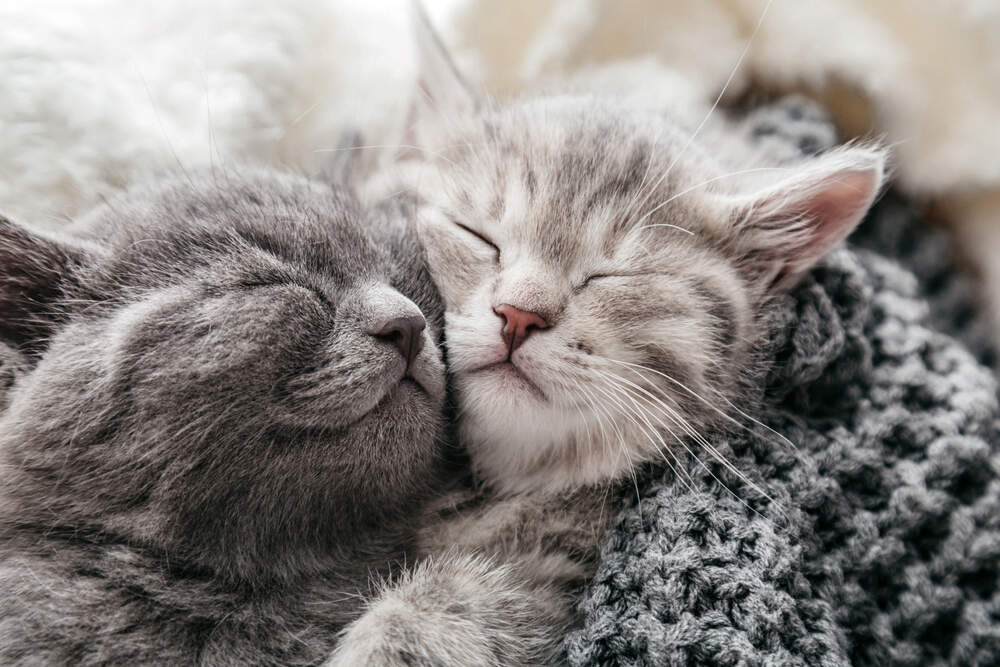
When integrating cats with other pets, it's essential to create a safe and comfortable space for each animal. Start by providing separate areas where they can retreat to when needed. This can include separate rooms or designated spaces within a room. Ensure that each pet has access to their own food, water, litter box, and toys. Additionally, consider providing hiding spots such as cat trees or tunnels for the cats. By creating individual spaces, you can minimize potential conflicts and give each pet a sense of security during the integration process.
Gradual introduction using scent exchange
One effective strategy for integrating cats with other pets is to begin with a gradual introduction using scent exchange. This involves allowing the pets to become familiar with each other's scents before any direct interaction takes place. Start by swapping bedding or toys between the animals, allowing them to sniff and investigate the new scents. This process helps them establish a sense of familiarity and reduces the likelihood of aggression or territorial behavior when they finally meet face-to-face. The gradual introduction allows the animals to acclimate to each other's presence in a controlled and less stressful manner.
Introducing Cats to Dogs
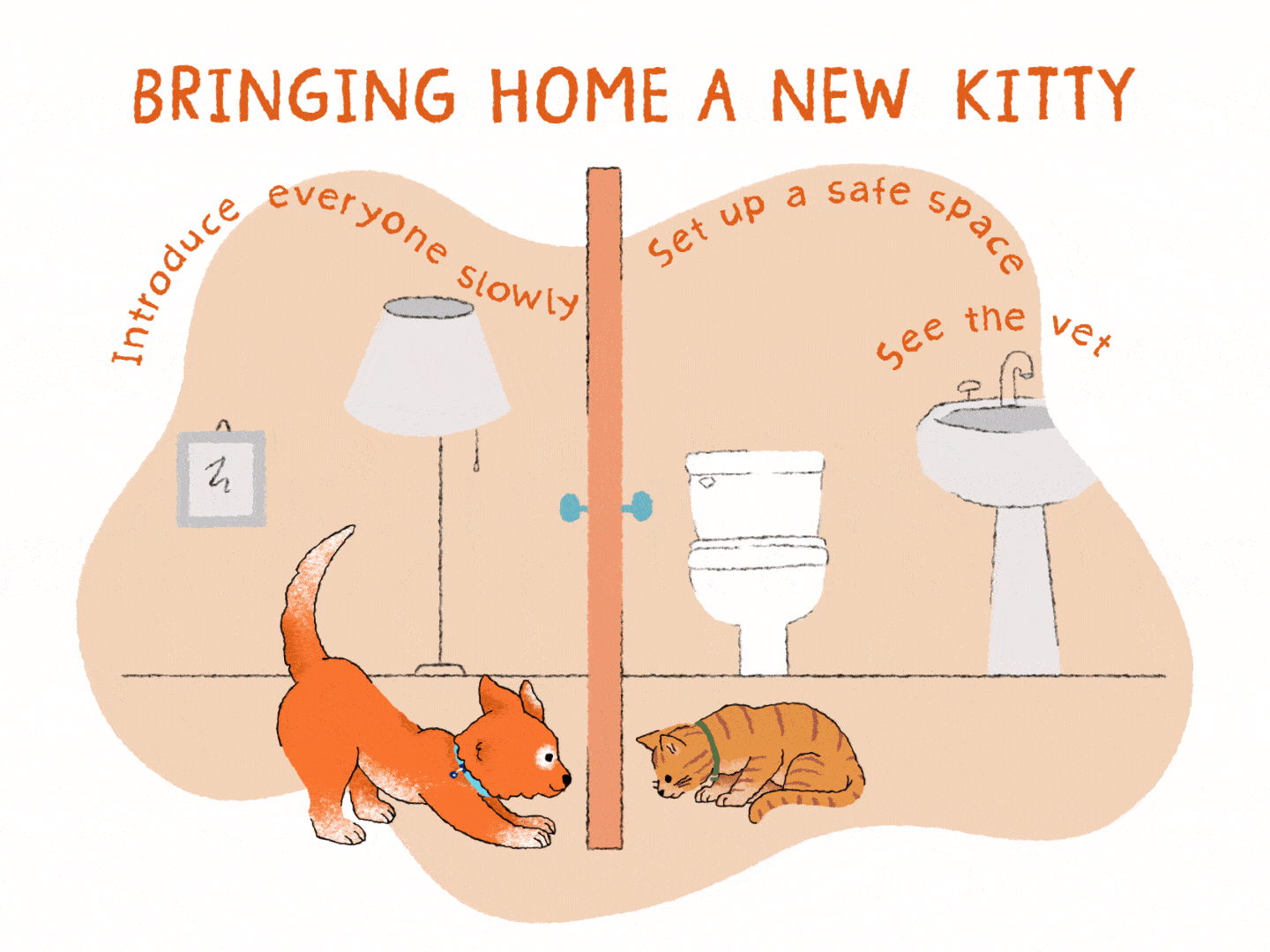
When it comes to integrating cats with dogs, a gradual and supervised approach is essential. It is important to remember that each animal has its own unique personality and comfort level, so patience and understanding are key. Start by allowing the cat and dog to have separate living spaces, where they can become familiar with each other's scent. Once they show signs of curiosity or calmness, you can begin introducing them under close supervision. Positive reinforcement training for both pets can help establish a harmonious relationship.
Initial supervised interactions
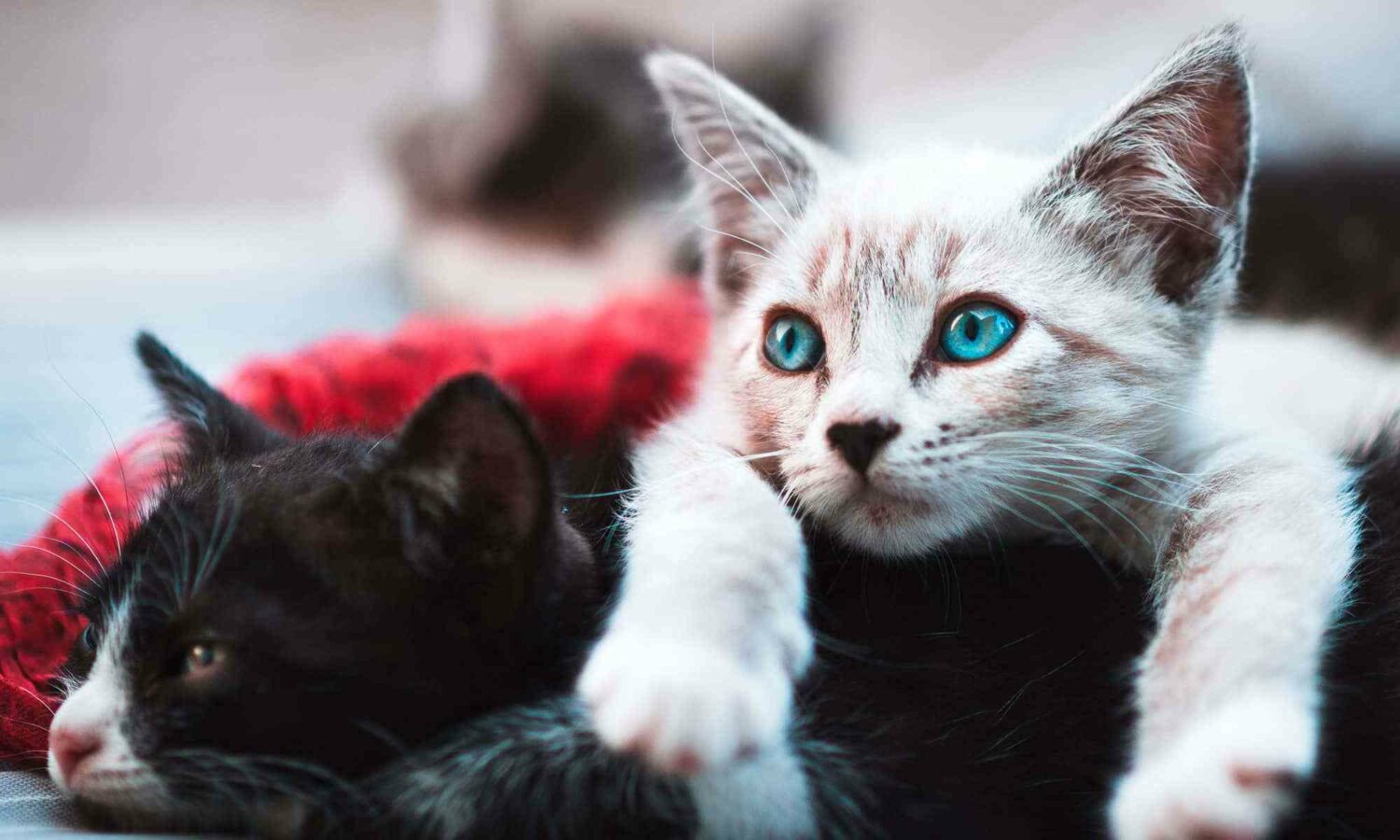
During the initial supervised interactions between a cat and a dog, it is crucial to create a controlled environment. This can be done by using leashes or baby gates to maintain physical separation while allowing visual and olfactory contact. Supervision is necessary to ensure the safety of both pets and to prevent any aggressive behavior. It is important to observe their body language and intervene if signs of stress or aggression arise. These initial interactions provide an opportunity for the pets to become familiar with each other's presence and establish boundaries.
Positive reinforcement training for both pets

Positive reinforcement training is a crucial aspect of integrating cats with other pets. This method involves rewarding desired behaviors in both cats and dogs, helping them build positive associations and interactions with each other. For example, when the cat and dog are calm and respectful towards each other, they can be rewarded with treats or praise. This approach encourages them to repeat these behaviors and promotes a harmonious relationship between the pets. It is essential to consistently use positive reinforcement throughout the integration process to reinforce good behavior and discourage any negative or aggressive behavior.
Introducing Cats to Other Cats

Introducing cats to other cats can be a delicate process that requires patience and careful planning. It is important to create separate living spaces for each cat initially, allowing them to become comfortable with their surroundings. Gradual face-to-face introductions should then be conducted, starting with short interactions and gradually increasing the duration over time. This allows the cats to familiarize themselves with each other's scents and body language while minimizing the risk of aggression or territorial behavior. Close supervision during these interactions is vital to ensure the safety of both cats.
Separate but parallel living spaces
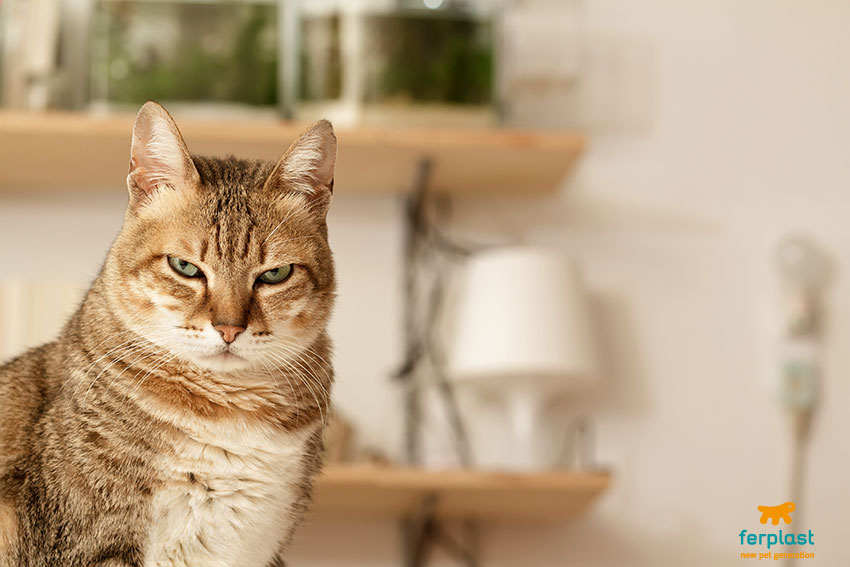
When introducing cats to each other, it's important to start with separate but parallel living spaces. This means providing each cat with their own designated area where they can feel safe and secure. It could be a separate room or even just different sides of the house, as long as there is a physical barrier between them. This allows the cats to acclimate to each other's scent and presence without any direct interaction. Gradually, they can be given supervised access to each other's space, allowing for a gradual introduction and reducing the likelihood of territorial disputes or aggression.
Gradual face-to-face introductions

Gradual face-to-face introductions are crucial when integrating cats with other cats. This process allows them to become familiar with each other's presence and establish a level of comfort before direct interaction.
To facilitate this, start by placing each cat in a separate room with a door that has a small opening. This allows them to see and smell each other without physical contact. Gradually increase the amount of time they spend together in this manner, allowing them to become acclimated to each other's scent.
Once they appear relaxed and comfortable, you can proceed to supervised face-to-face interactions. Keep these initial encounters short and closely monitor their behavior. If any signs of aggression or tension arise, separate them immediately and resume gradual introductions.
Remember, patience is key during this process. Each cat will have their own unique pace of acceptance, so allow them the time they need to establish positive relationships with one another.
Integrating Cats with Small Animals
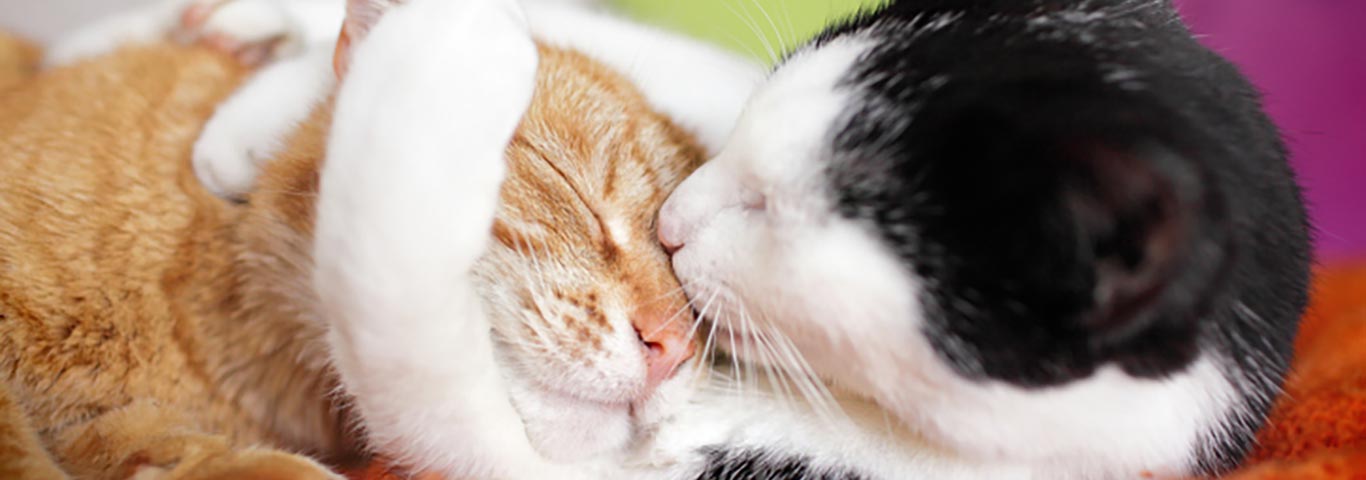
Integrating cats with small animals can be a delicate process that requires caution and careful monitoring. It is important to understand the prey instinct that cats possess, which can make them see small animals as potential targets. When introducing cats to small animals such as rabbits, guinea pigs, or birds, it is crucial to provide a safe and secure environment for both parties. Supervised and controlled interactions are key to ensuring the safety of all pets involved. Precautions should be taken, such as keeping small animals in secure enclosures and gradually introducing them to the cat's presence.
Understanding prey instinct and precautions

Understanding the prey instinct of cats is crucial when integrating them with small animals. Cats have a natural instinct to hunt and capture prey, which can put smaller pets at risk. It's important to take precautions to ensure the safety of all pets involved. This includes providing separate living spaces and supervised interactions. Keeping small animals in secure enclosures, such as cages or tanks, can prevent any accidental harm. By understanding their natural predatory behavior and taking necessary measures, you can successfully integrate cats with small animals while keeping everyone safe.
Supervised and controlled interactions

When introducing cats to small animals, it is crucial to prioritize safety by implementing supervised and controlled interactions. This means closely monitoring their interactions to prevent any potential harm. It is advisable to keep the small animal securely confined in a cage or enclosure during initial introductions. Allow the cats to observe and become familiar with the presence of the small animal while ensuring they cannot physically harm each other. Gradually, under supervision, you can let them have limited contact, always being prepared to intervene if necessary. This cautious approach will help minimize stress and potential conflicts between the pets.
Potential Challenges and Troubleshooting
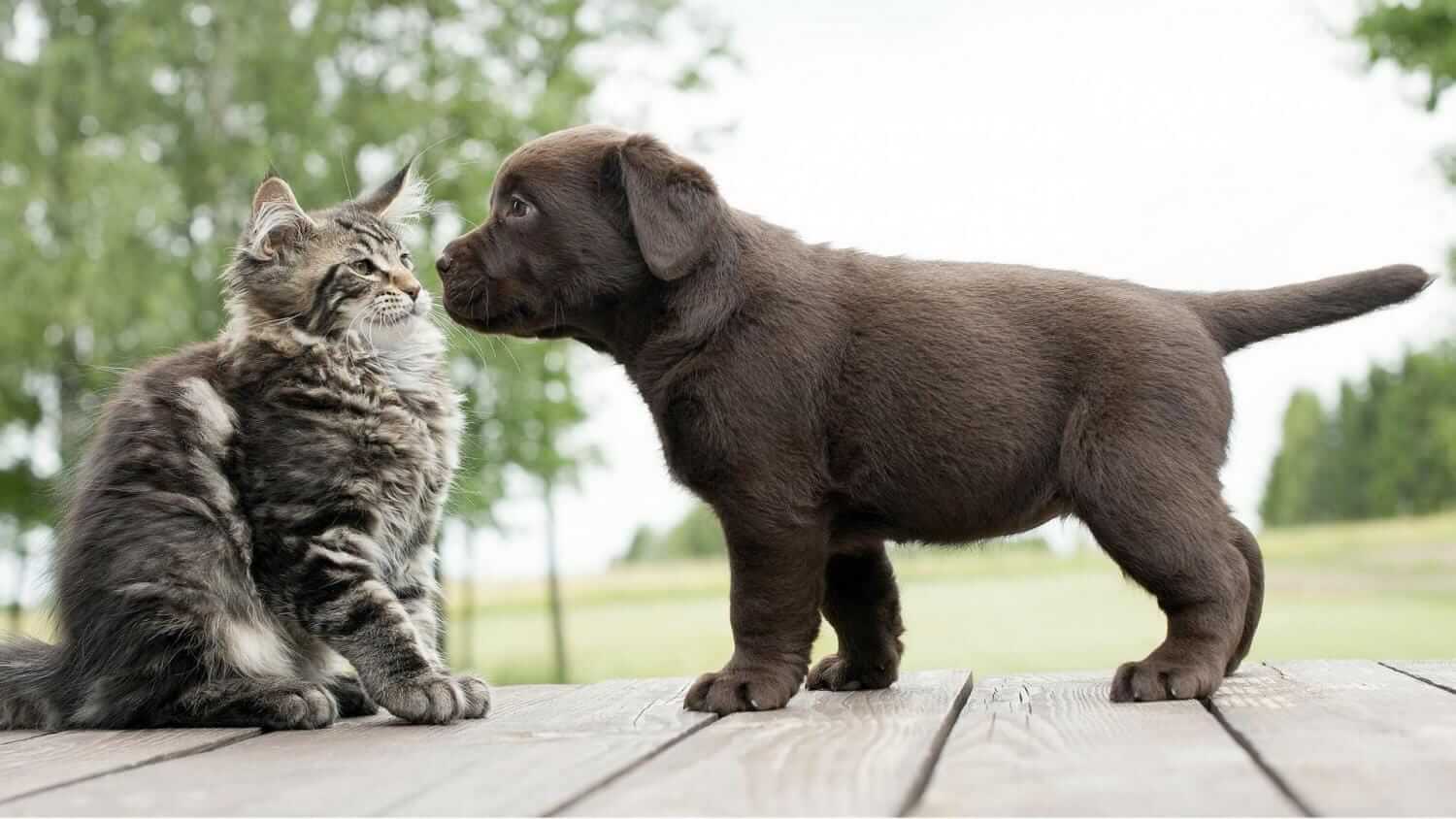
Introducing a new cat to your existing pets can sometimes come with its fair share of challenges. One potential challenge is territorial behavior. Cats are known to be highly territorial, and the introduction of a new pet into their space can trigger aggression. It's important to observe any signs of aggression and address them promptly. Another challenge may arise if one of your pets has a strong prey instinct towards smaller animals, such as rodents or birds. It's crucial to supervise and control interactions to ensure the safety of all involved. If you encounter difficulties during the integration process, it may be necessary to seek professional help from a veterinarian or animal behaviorist who specializes in pet introductions and can provide helpful guidance and solutions.
Addressing territorial behavior and aggression
:strip_icc()/Cats-fighting-GettyImages-589937801-58b394a93df78cdcd8103760.jpg)
Addressing territorial behavior and aggression can be crucial when integrating cats with other pets. Territorial behavior may arise as cats try to establish their own space within the home. It is important to provide separate but equal territory for each pet, ensuring that they have their own safe spaces and resources. Aggression, such as hissing or swatting, may occur during initial introductions. Patience is key when addressing these behaviors, allowing the animals to gradually adjust and get used to each other's presence. Utilizing positive reinforcement techniques and seeking professional help if necessary can also aid in addressing territorial behavior and aggression effectively.
Seeking professional help if needed
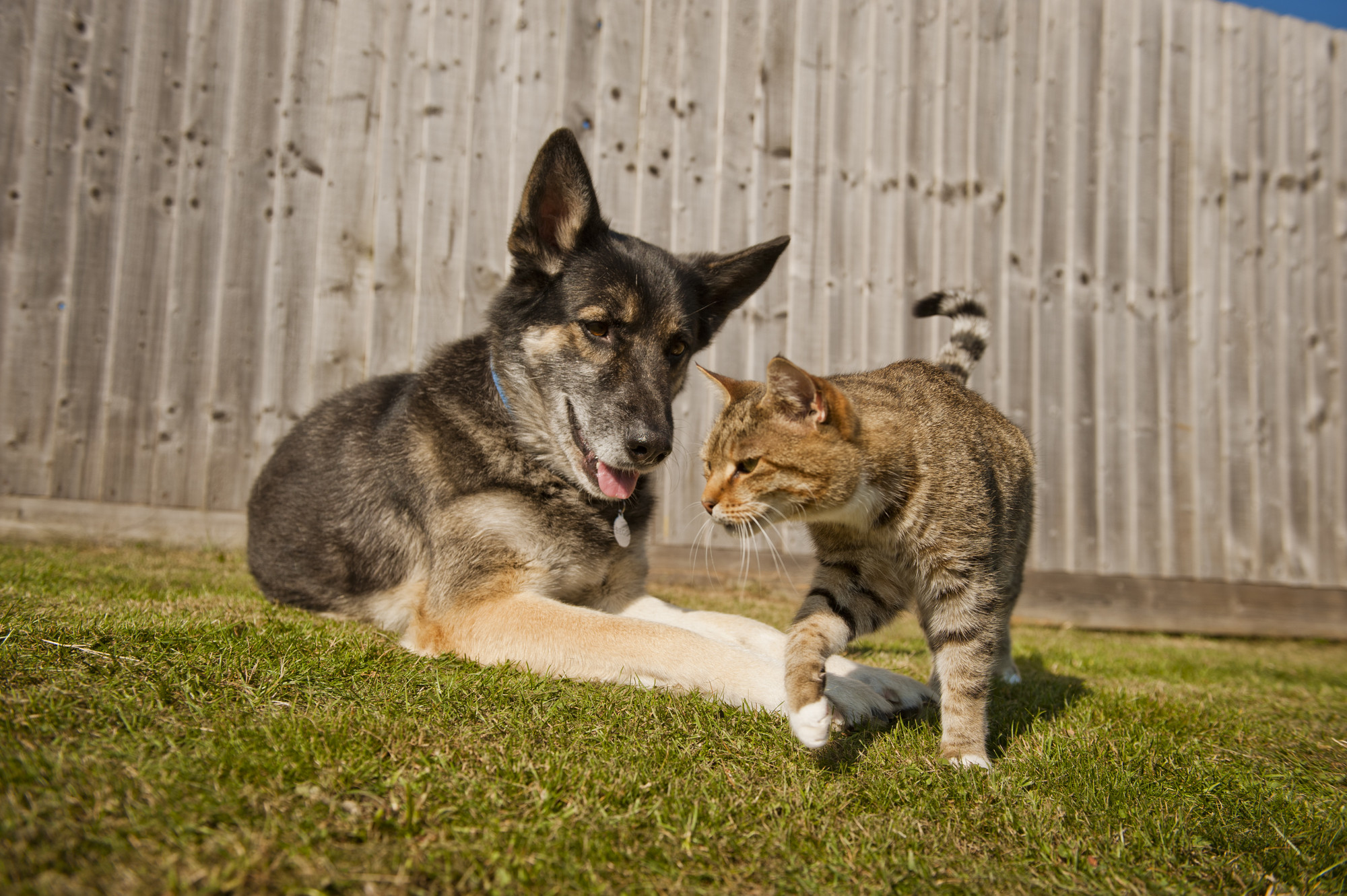
If you find that the integration process is not going smoothly or if there are any signs of aggression or serious conflicts between your pets, it may be necessary to seek professional help. A professional animal behaviorist or a certified trainer specializing in pet integration can provide expert guidance and assistance. They will have the knowledge and experience to assess the situation and provide tailored solutions based on your pets' specific needs. Remember, seeking professional help is not a sign of failure, but rather an investment in creating a harmonious pet dynamic.
Monitoring and Supervision
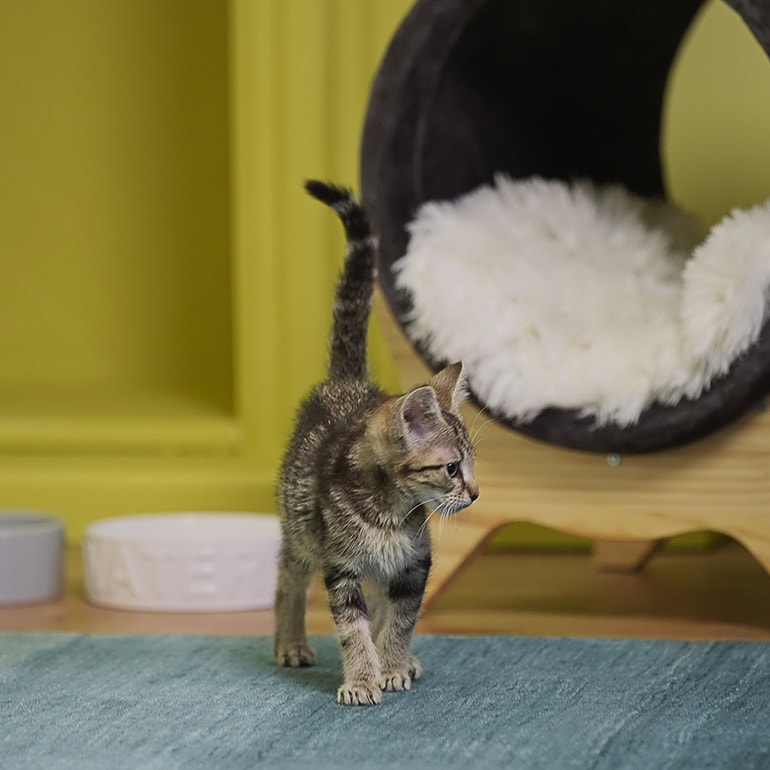
Monitoring and Supervision:
Once your pets have been successfully introduced and are coexisting harmoniously, it's important to continue monitoring their interactions and provide ongoing supervision. This ensures their safety and prevents any potential conflicts or incidents from arising.
Regular check-ins should be a part of your routine. Observe how your pets interact with each other, paying attention to their body language and behavior. Look for signs of aggression, stress, or fear, as this could indicate tension between them.
In addition to visual monitoring, it's crucial to maintain a safe and secure environment. Make sure that doors, windows, and gates are securely closed to prevent any escapes or accidents. Provide separate eating areas for all your pets to reduce the chance of resource guarding or food-related conflicts.
Continued training is also essential during the monitoring phase. Reinforce positive behaviors through rewards and praise for both your cats and other pets. Consistency in training will help reinforce good habits and reinforce the bond between them.
By closely monitoring and supervising your pets' interactions on an ongoing basis, you can ensure their continued integration and create a peaceful coexistence in your home.
Ensuring a safe and secure environment
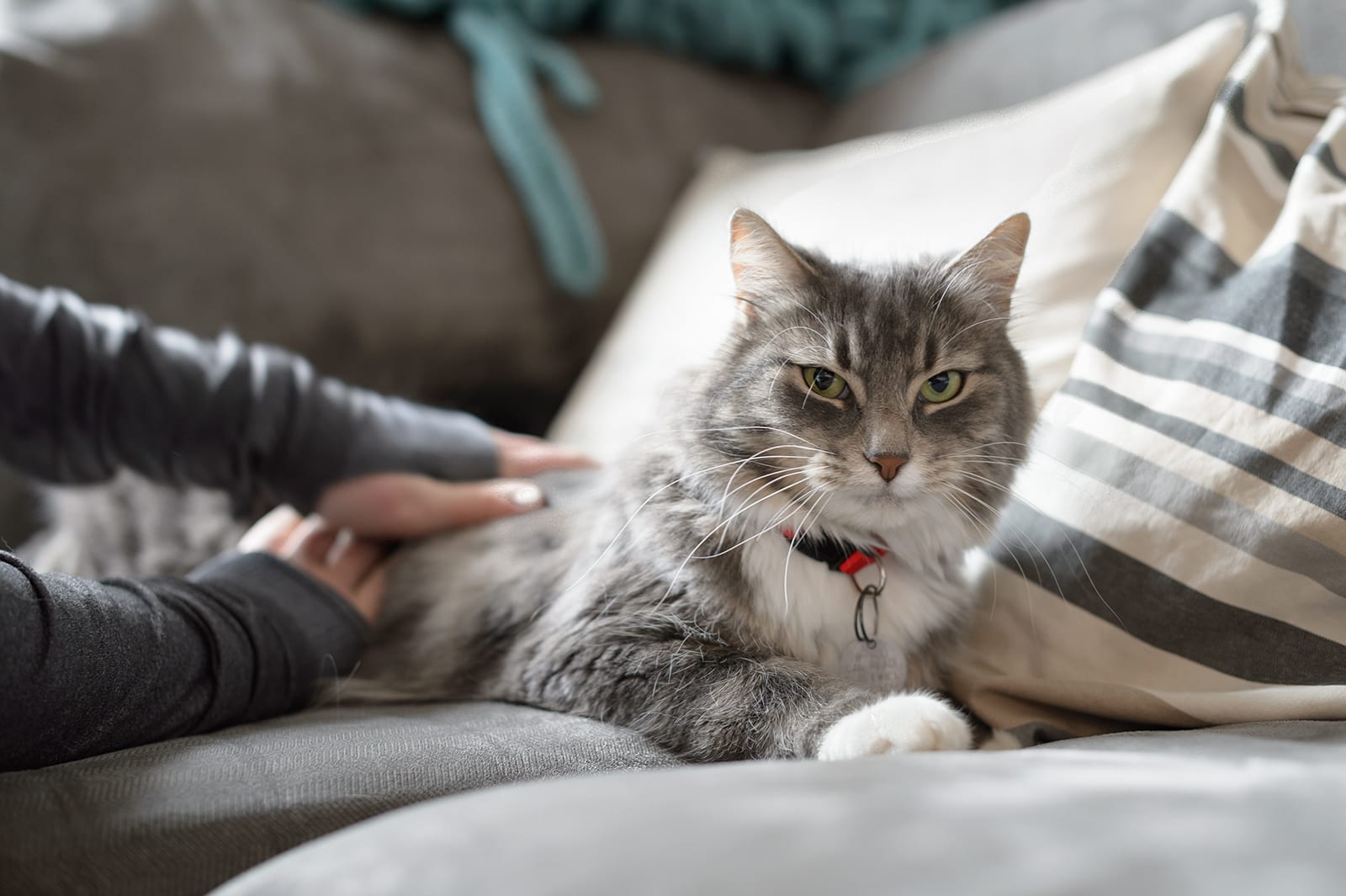
When integrating cats with other pets, it is essential to create a safe and secure environment for all animals involved. This means providing a space where each pet feels comfortable and has their own territory. Ensure that there are no escape routes for any of the animals and that they cannot harm each other or get into any hazardous situations. The environment should be free from any potential dangers such as toxic plants or small objects that could be ingested. Regularly check the surroundings to maintain a safe environment for everyone.
Regular check-ins and continued training
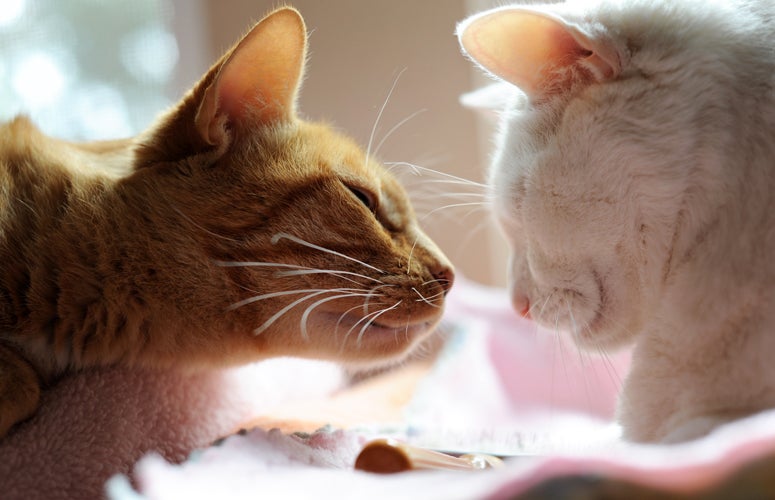
Regular check-ins and continued training are crucial aspects of successfully integrating cats with other pets. It is important to monitor the interactions between the pets on a regular basis to ensure their safety and well-being. Regular check-ins help identify any potential issues or challenges that may arise during their integration process. Additionally, continuous training sessions can help reinforce positive behaviors and establish boundaries for all the pets involved. This ongoing training will help create a harmonious environment where all pets can coexist peacefully and comfortably. It is essential to remain dedicated to the integration process by providing consistent support and guidance for the pets involved.
Conclusion

In conclusion, integrating cats with other pets can be a rewarding experience if done correctly. By understanding the current pet dynamic and taking necessary precautions, such as creating a safe space and gradually introducing them, you can help foster positive interactions between cats and dogs or other cats. It is important to acknowledge that challenges may arise, such as territorial behavior, but seeking professional help and monitoring the interactions can help overcome these obstacles. Remember to always prioritize the safety and well-being of all pets involved, and with patience and proper preparation, successful integration is possible.
Successful integration tips and advice

Successful integration of cats with other pets requires patience, understanding, and careful planning. Here are some helpful tips and advice for a successful integration:
- Take it slow: Gradual introductions are key. Allow your pets to become familiar with each other's scents before any face-to-face interactions.
- Provide separate spaces: Giving each pet their own safe space will help them adjust to the new dynamic without feeling overwhelmed or threatened.
- Use positive reinforcement: Reward good behavior and create positive associations between pets through treats, praise, and playtime.
- Monitor interactions: Supervise initial interactions between pets to ensure their safety and intervene if necessary. Gradually increase their time together as they become more comfortable.
- Seek professional help if needed: If you encounter challenges or aggressive behavior during the integration process, consult a professional animal behaviorist for guidance and support.
Remember, every pet is unique, so be patient and adapt your approach based on their individual personalities and needs. With time and effort, you can successfully integrate cats with other pets and foster a harmonious environment for everyone involved.
Common mistakes to avoid when integrating pets
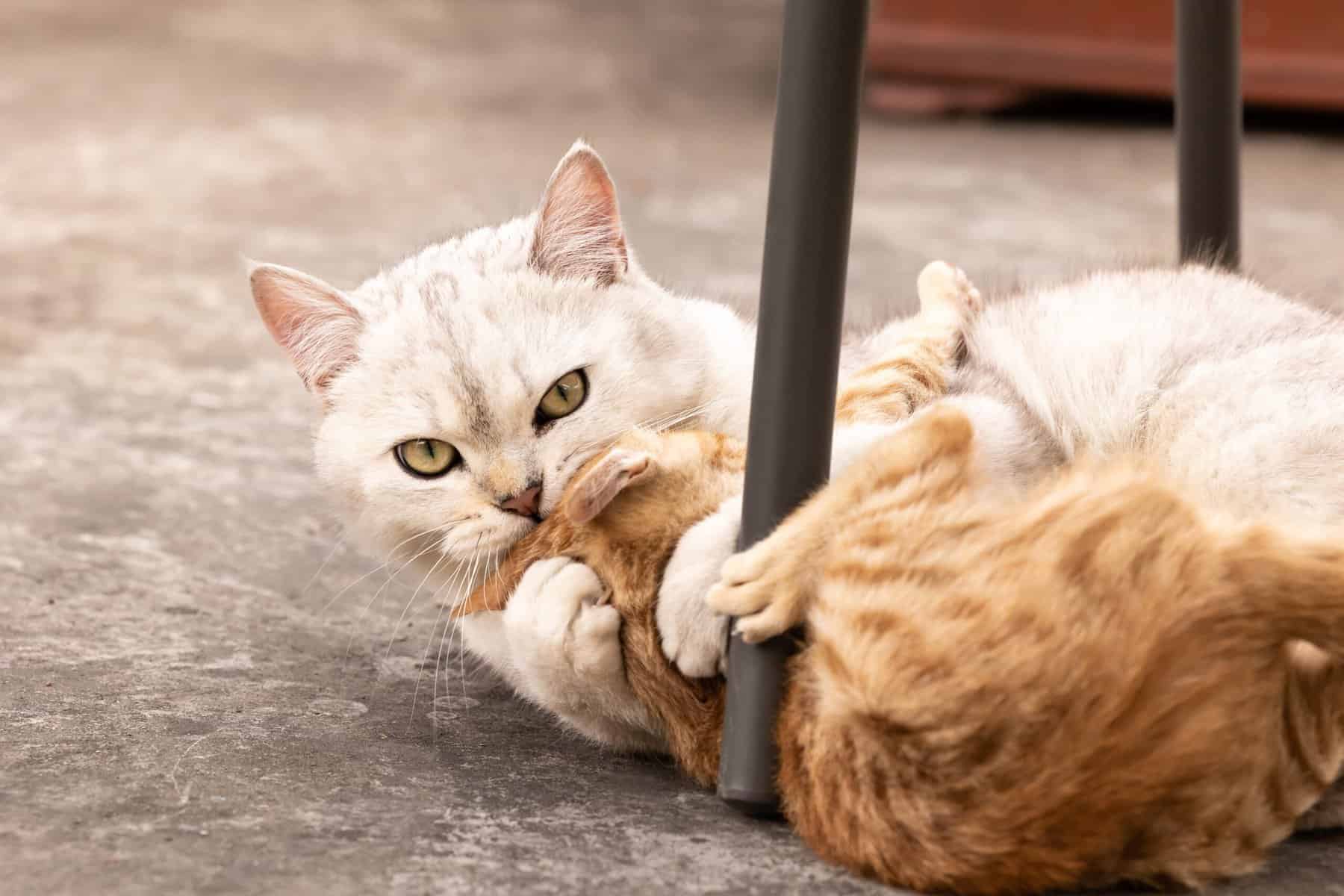
One of the common mistakes pet owners make when integrating cats with other pets is rushing the process. It's important to remember that each animal has its own unique personality and may require different amounts of time to adjust. Another mistake is not properly assessing the current pet dynamic before introducing a new cat. Understanding the personalities, habits, and behaviors of all pets involved can help prevent potential conflicts. Additionally, neglecting to create a safe and comfortable space for each pet can lead to tension and anxiety. Avoid these mistakes by taking a gradual approach, providing proper introductions, and prioritizing the safety and well-being of all animals involved.




0 Comments